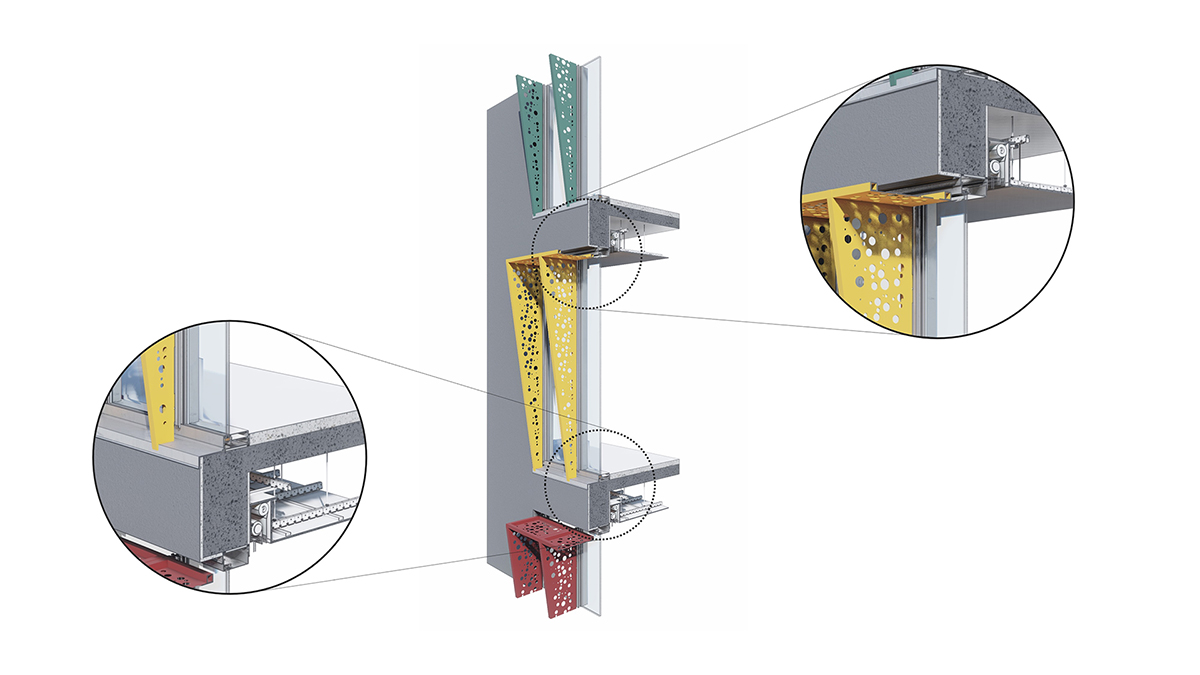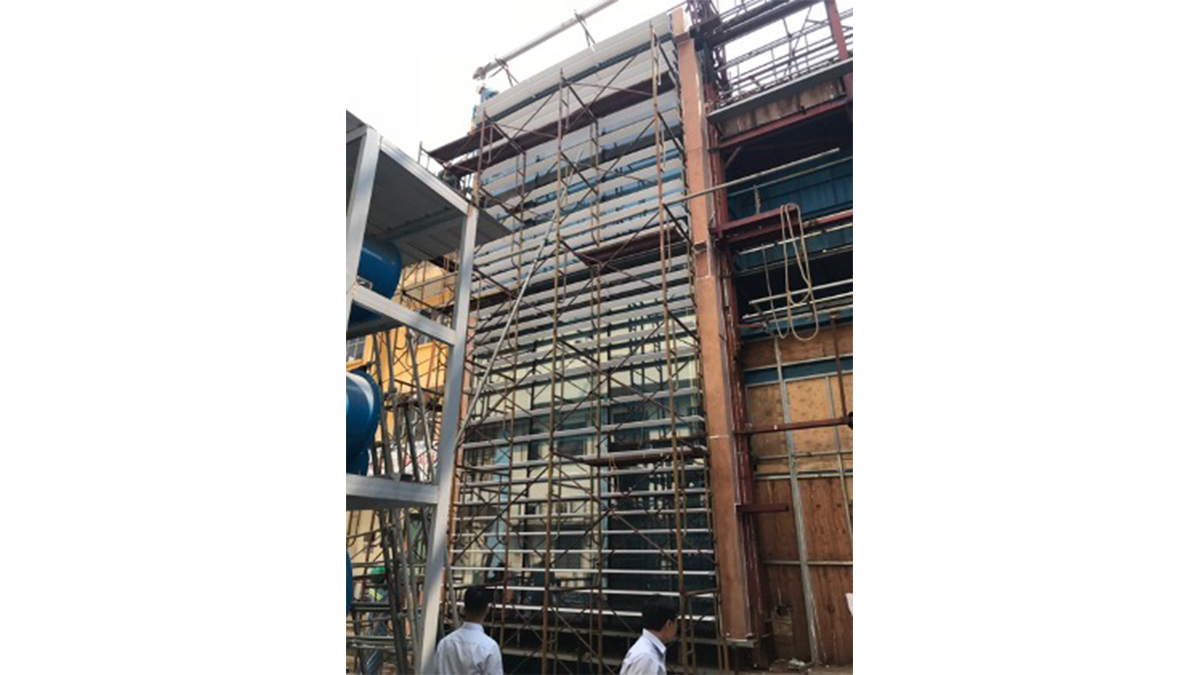& Technology
Our purpose is creating meaningful and exhilarating

Transforming the way buildings are designed
Architecture technology has undergone significant advancements, transforming the way buildings are designed, constructed, and experienced. With the rise of innovative tools and techniques, architects now have access to an array of cutting-edge technologies that streamline their creative process.

Ecology above and beyond
Building performance analysis software is used for assessing and optimizing the environmental performance of buildings. The software utilizes advanced simulation and analysis tools to evaluate various aspects of building design, such as energy consumption, thermal performance, daylighting, solar radiation, and airflow.

By providing detailed analysis and visualization, this enables making informed decisions and implement sustainable design strategies to enhance the overall performance and efficiency of buildings.
With enhance simulation software, we can simulate and analyze energy usage, assess the impact of various building materials and systems, and optimize passive design strategies to reduce energy consumption and improve thermal comfort.

The software also offers tools to analyze daylight availability, distribution, and quality within a building, allowing to optimize natural lighting and minimize reliance on artificial lighting. Additionally, we can assess the effects of solar radiation on a building, enabling users to identify potential shading and solar gain issues and implement effective mitigation measures.

Temperature and Sunshade Analysis for Interior Spaces
When designing and planning interior spaces, considering temperature control and sunshade analysis is crucial to ensure optimal comfort and energy efficiency. Understanding the impact of solar radiation and implementing appropriate measures can significantly enhance the quality of indoor environments. Sunshade analysis focuses on managing solar radiation by employing various shading strategies. Effective sunshade design aims to reduce heat gain and excessive glare while maintaining ample natural light and views to the outdoors.

Temperature analysis involves assessing and managing the thermal conditions within a space to create a comfortable atmosphere for occupants. To analyze temperature, software is employed that considers factors like solar heat gain, thermal conductivity of materials, and ventilation systems. These simulations provide insights into the expected temperature distribution within a space, allowing to optimize the design and HVAC strategies accordingly. By incorporating measures such as insulation, shading devices, and efficient HVAC systems, temperature can be regulated, and energy consumption reduced.

“Complexity, Three Dimensional”
– A high Tech Solution with strong focus on energetic performance –

Comprehensive Finite Element Analysis (FEA)
We can model complex structures, simulate their behavior under different loads and conditions, and evaluate their performance. The software provides tools for structural analysis, linear and nonlinear analysis, dynamic analysis, heat transfer analysis, and more. It offers a wide range of features and capabilities to aid in the design and optimization of structures.

The advanced software includes optimization algorithms and tools that aid in the design and optimization of structures. These features help to find optimal configurations, dimensions, or material distributions for improved performance and efficiency.

Performance mock-up testing for facades is conducted to evaluate and validate the performance characteristics of a building’s facade system before the actual construction or installation. It involves creating a scaled or full-scale representation of the facade system and subjecting it to various tests and assessments. The performance mock-up testing allows to verify the proposed façade system against the requirements specified in terms of structural integrity, water tightness, air infiltration, thermal performance, acoustic performance, and other desired attributes. Also it allows to mitigate risks, quality assurance, code compliance and design validation.

Performance mock-up testing offers a tangible and visual representation of the facade system. It facilitates effective communication among project stakeholders, including architects, engineers, contractors, and building owners. It allows them to observe and understand the proposed facade system’s performance characteristics and make informed decisions based on the test results.
& BIM

BIM IS THE FUTURE
Building Information Modeling (BIM) is critical part of our design process due to the numerous advantages and positive impact it brings to the architecture, engineering, and construction. BIM enables an improved design efficiency creating and manipulating intelligent 3D models that contain detailed information about building elements, materials, and systems. This information-rich environment allows to make informed design decisions, visualize the project accurately, and efficiently iterate through design approaches.

During the design stage, BIM facilitates collaboration and coordination among different disciplines, streamlining workflows and minimizing errors. With BIM, production processes benefit from accurate quantity takeoffs and material schedules, leading to improved cost estimation and efficient resource allocation. In the construction phase, BIM enhances project coordination, clash detection, and sequencing, resulting in reduced rework and improved construction timelines. Finally, during the operation and maintenance phase, BIM facilitates facility management by providing a centralized database of building information, enabling effective asset management, maintenance scheduling, and energy optimization.



COLLABORATION & COORDINATION
BIM facilitates collaboration and coordination among project stakeholders. By utilizing a shared digital model, architects, engineers, contractors, and other team members can work collaboratively, simultaneously, and in a more coordinated manner.

BIM’s ability to integrate different building systems and disciplines into a single model allows for clash detection and conflict resolution. Clashes can be identified between elements such as structural components, mechanical systems, and electrical conduits during the design phase, preventing costly rework and construction delays. By resolving conflicts in the virtual environment, architects can optimize the coordination of building systems and improve the overall constructability of the project.


CREATIVITY & INNOVATION
Building Information Modeling (BIM) plays a crucial role in design exploration, enabling to push the boundaries of creativity and innovation. By leveraging BIM, we can create and manipulate detailed 3D models, allowing them to visualize and iterate various design options with ease.

The ability to simulate and analyze different design scenarios, such as daylighting, energy performance, and structural integrity, empowers US to make informed decisions and optimize their designs for efficiency and sustainability. BIM empowers to explore new possibilities, optimize design outcomes, and create buildings that are not only aesthetically pleasing but also functional and efficient.